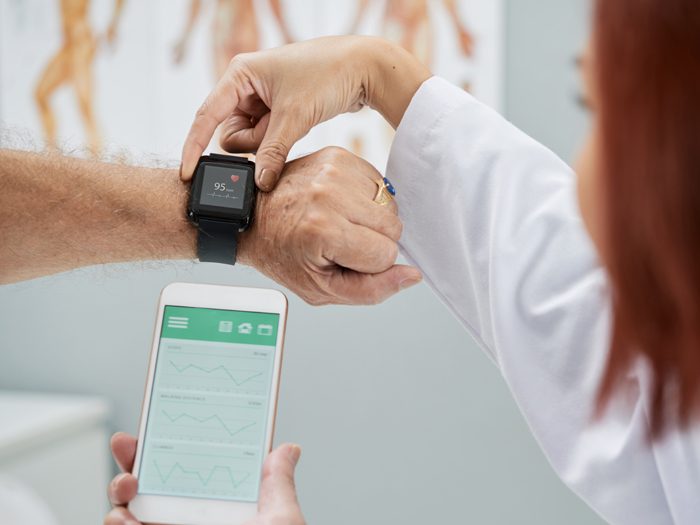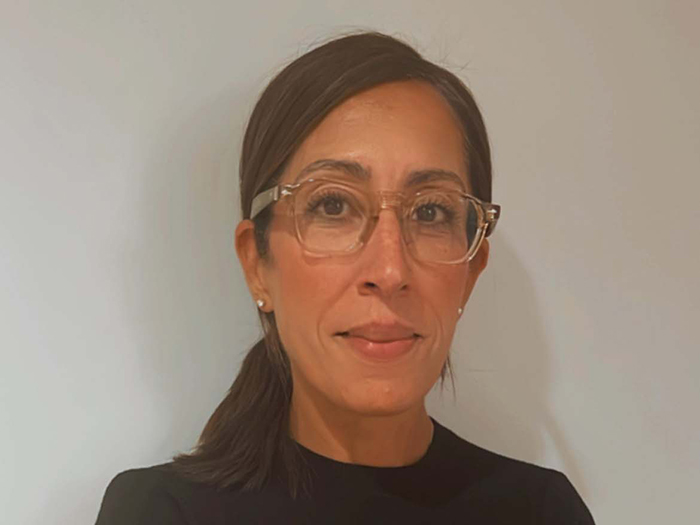How Insurtech Is Powering the Claims Advocacy Movement

Insurtech, an umbrella term that refers to everything from wearable safety technology to software and the Internet of Things (IoT), is driving innovation across the workers’ compensation sector.
The benefits of this new technology are still continuing to emerge, but for some companies, the primary goal is to empower adjusters and injured workers to foster better communication and decrease litigation.
As the workers’ comp industry pivots toward an advocacy-based claims model, certain methods have emerged to pay more than lip service to the concept.
Creating a Hub for Care
Genex introduced its Unity platform earlier this year, which is described as an “intelligent hub for managed care operations.”
In a conversation with Risk & Insurance®, Helen Froehlich, VP of case management at Genex, explained that the impetus for Unity was primarily to help reduce the administrative tasks that limit the amount of effort adjusters can spend on injured workers’ concerns.
“There’s an intensifying burden for adjusters and case managers in the modern claims environment,” she said.
“We’re devoted to reducing any consistent barriers that we can identify through data analytics and we felt the industry would benefit from a more sophisticated managed care platform. Unity evolved from that.”
One of Unity’s primary features is its mobile app, which case managers can use to update everyone involved in the claim.
“Compared to when I started as a case manager and used hotel pay phones to check my messages, nowadays even a few hours is a significant delay for the processing of information,” Froehlich said.
“The mobile app gives case managers an easy way to send their information quickly, reduce their administrative tasks, and thus, spend more time on the injured worker and addressing their concerns through the claimant-centric model. That improves care and reduces spend on files,” she said.
Further, Unity streamlines appointments and uses artificial intelligence (AI) to determine which case managers are best equipped to handle a particular claim through their proprietary assignment algorithm.
“When we designed our algorithm, we wanted to take the opportunity to not only assign the right case manager to the right referral at the right time, we also wanted to use additional technology to take into account case manager calendar availability, jurisdictional rules, customer preferences which supercede our methods, and continuity of care — which is whether the case manager has had this case previously over the last twelve months,” Froehlich said.
“Within seconds, our algorithm uses these factors to come up with a pool of appropriate case managers and sets the appointment.”
Utilizing AI and Data
Newer companies are also making their mark by utilizing AI and data analytics to ease injured workers through the treatment process. ChronWell, which launched in 2017, offers Recovry and Recovry Central — two platforms that they say take early intervention to the next level.
“If you look at the workers’ comp market, the costs for workers’ comp are much higher than for group health,” ChronWell CEO Joe Rubinsztain said.
“Coming from a group health background, our team decided to dive into why.
“We found that there are two really big reasons: One is that there is very little attention paid to the injured worker at the moment of the injury, the attention usually starts at the moment of the claim. And once there’s a claim, it’s an administrative process with a heavy dose of intermediation and very little human element,” he said.
“The mix between no early intervention and process-centric intermediation is our theory as to why comp is so expensive.”
To solve that problem, Rubinsztain and his team created the Recovry platform to start at the moment of injury.
“Something like ODG can tell you what the best practices are for a particular injury, what it can’t take into account is other factors like, anxiety, living below the poverty line, or if this person has had multiple claims,” he explained.
Using ChronWell’s system, should an injury happen onsite, the injured worker would communicate that to their manager, who has access to Recovry Central, to record the incident. Recovry Central then uses AI to build a profile and care plan for the injured worker based on the information that is fed through it.
“Once we have a plan, which is typically immediate, we reach out to the injured worker via text, download, or phone call if they aren’t adept at technology,” Rubinsztain explained.
“The Recovry app can start filling out reports, sending text messages to the injured worker, and adjusting the care plan as we move forward.”
According to Rubinsztain, less than five percent of employees were resistant to Recovry in the company’s pilot program, and they saw an impressive drop in attorney involvement.
“The main reason people reach out to attorneys is because they feel that they have either no one to talk to, or that they’re lost,” he said.
“If you’re there from the moment of the injury and you make the claims processing information transparent, you can keep the injured worker happy. Our pilot showed about a 38 percent reduction in attorney involvement.”
Joe warned against the trend of using AI as a marketing stunt, asserting that though ChronWell uses a three-layer system of AI in its triage (predictive, prescriptive, and visionary) only about 15 to 20 percent of the solution is AI.
“It’s one ingredient in the salad,” he said. “Outcomes have to be first.” &












